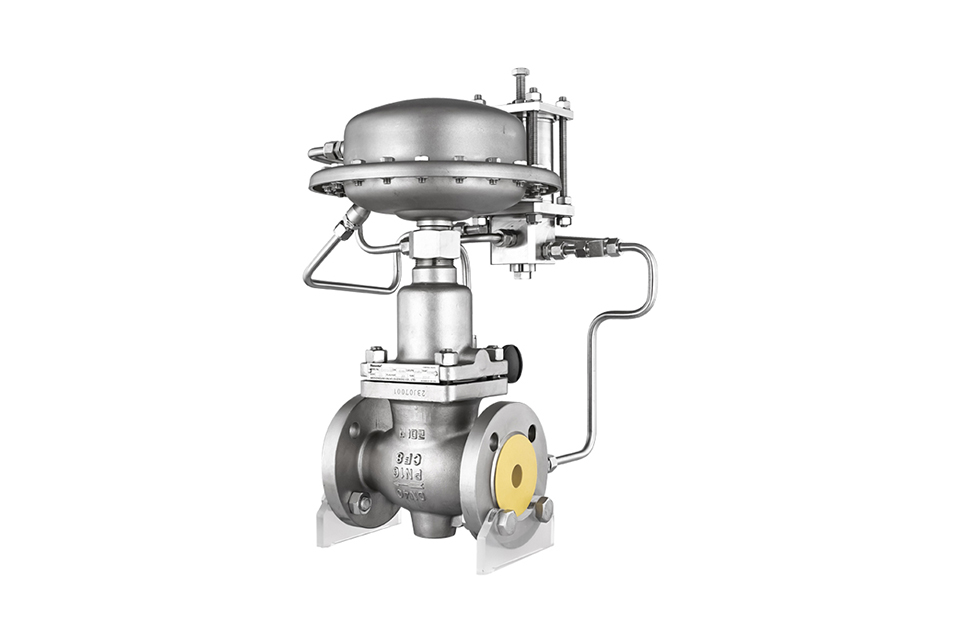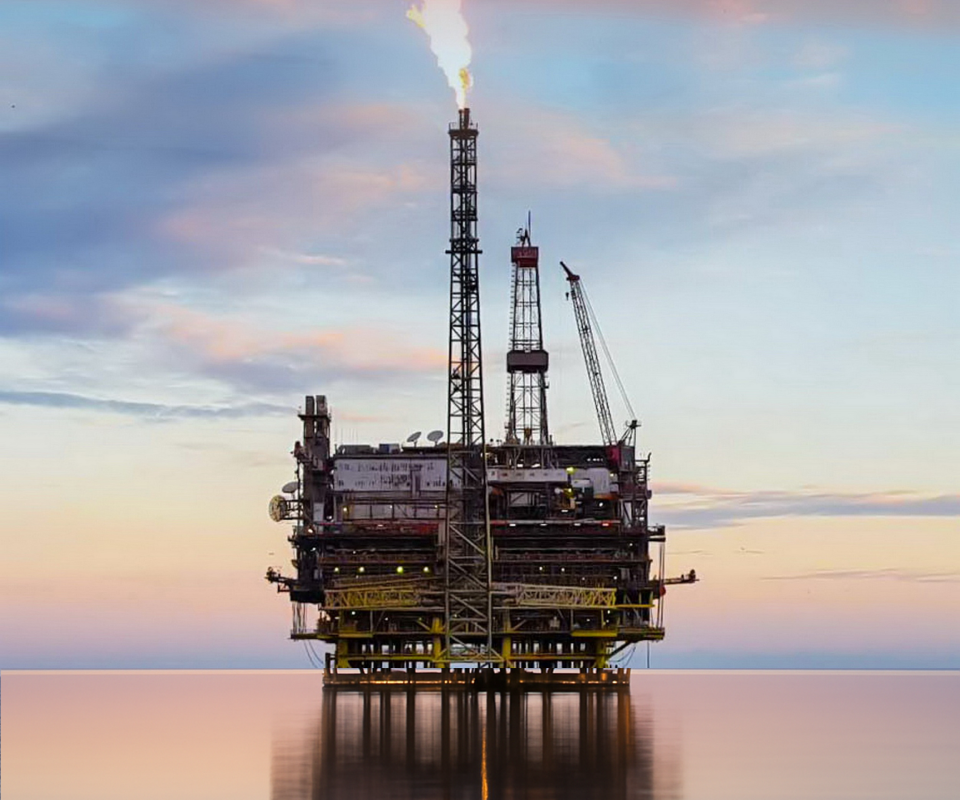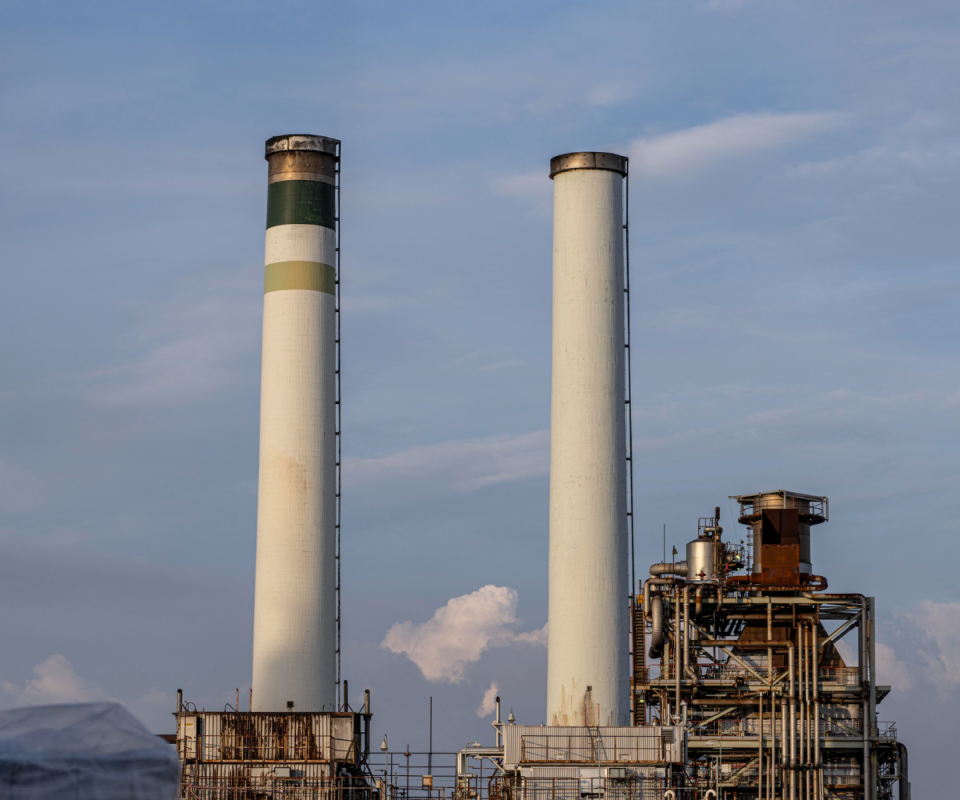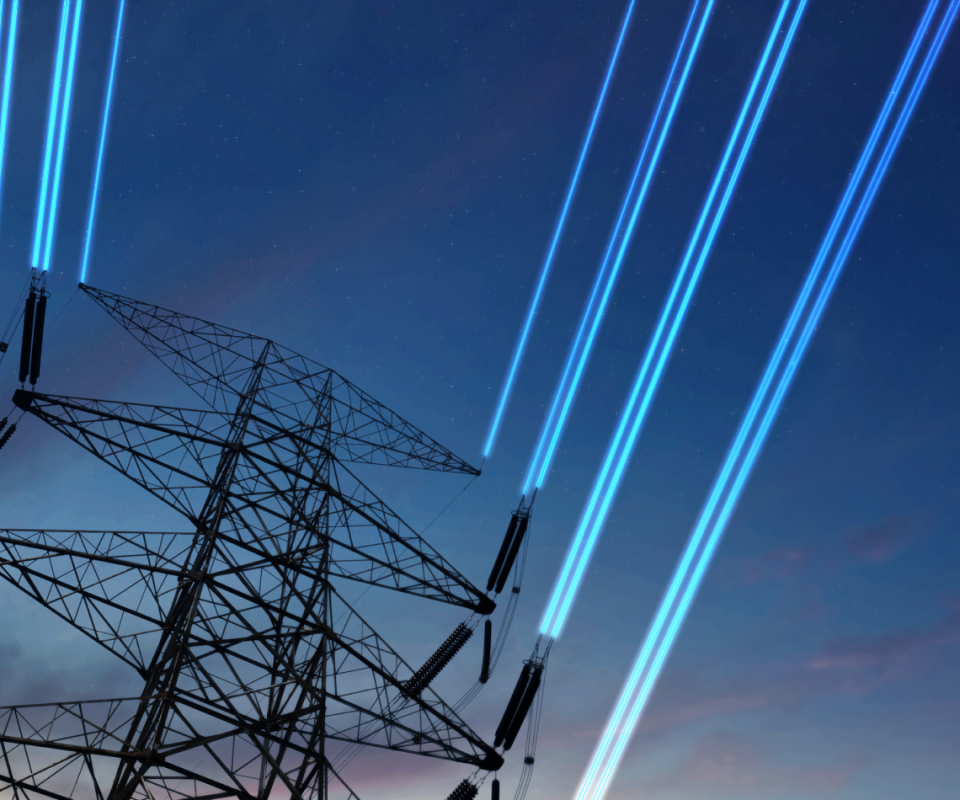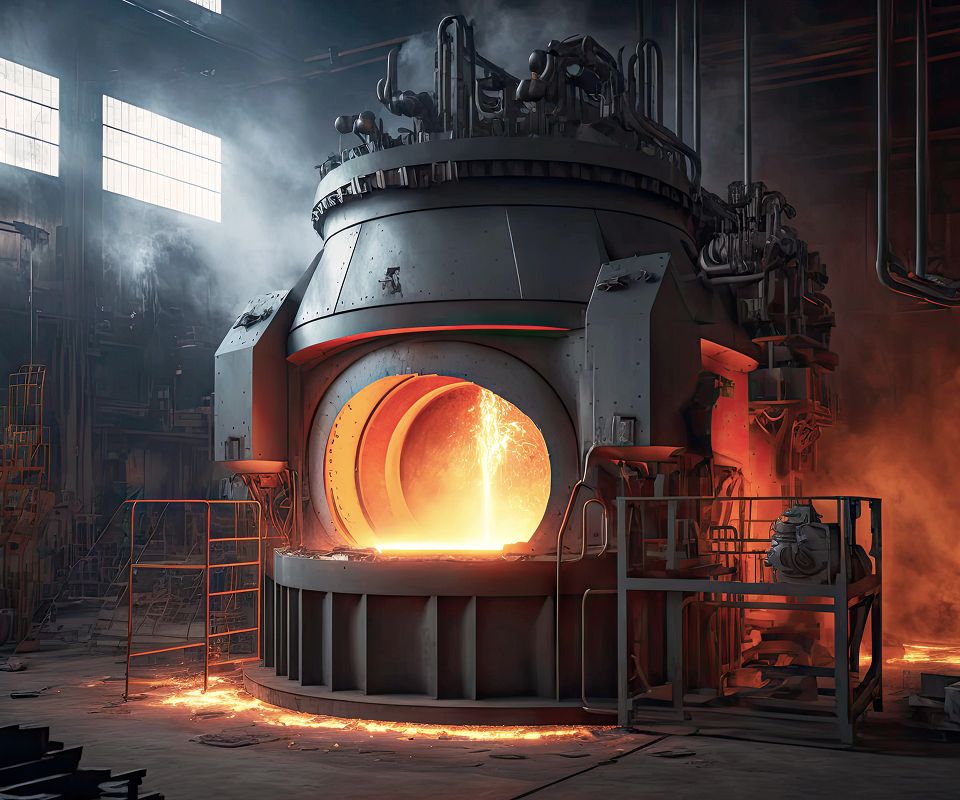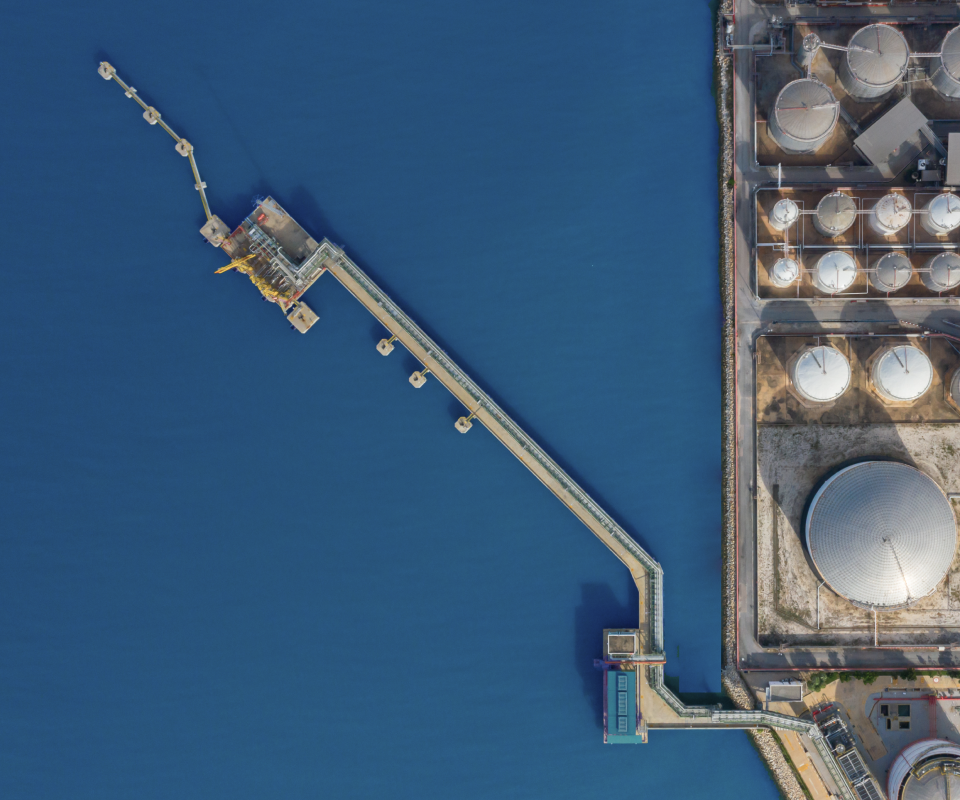Features of this series:
- No external driving energy required, resulting in low equipment costs.
- Simple structure with minimal maintenance requirements.
- Adjustable setpoints with a wide range, facilitating continuous user adjustment.
- Self-pressurized from the main body, simplifying pipeline installation.
- Packing-free and frictionless moving components, ensuring sensitive regulation and high control accuracy.
Working Principles:
-
Working Principle of Pilot-Operated Self-Operated Back Pressure Regulating Valve (Type B):
- Initially, the main valve core is closed, and the pilot valve core is fully open.
- Inlet pressure P1 is throttled by the main valve core and seat to become outlet pressure P2. Simultaneously, P1 is throttled by the pilot valve core and directed to the upper and lower diaphragms of the main valve.
- The needle valve on the main valve adjusts the air intake to the lower diaphragm, creating a pressure differential that pushes the main valve core to open.
- P2 is transmitted via a pressure tube to the lower diaphragm chamber of the pilot valve, where its force balances the spring force. This equilibrium determines the pilot valve's opening, controlling the pressure differential across the main valve diaphragms and ultimately regulating P2.
Response to Pressure Changes:- When P2 increases: The force on the pilot diaphragm exceeds the spring force, closing the pilot valve. This reduces the pressure differential on the main valve, narrowing the main valve opening and lowering P2 back to the setpoint.
- Conversely, when P2 decreases, the process reverses.
-
Working Principle of Pilot-Operated Self-Operated Front Pressure Regulating Valve (Type K):
- Initially, both the main and pilot valve cores are closed.
- Inlet pressure P1 enters the pilot valve's lower diaphragm, opening the pilot valve. After throttling, the pressure acts on the main valve diaphragms.
- The needle valve adjusts the lower diaphragm's pressure, creating a differential that opens the main valve.
- P1 is transmitted to the pilot diaphragm, where its force balances the spring force. This controls the pilot valve opening, regulating the main valve and maintaining P1 (pressure relief function).
Response to Pressure Changes:- When P1 exceeds the setpoint: The increased force on the pilot diaphragm opens the pilot valve further, widening the main valve opening to reduce P1.
- Conversely, when P1 decreases, the main valve closes to maintain pressure.
| Nominal Diameter | NPS 1/2”~16”(DN15~DN400) |
| Nominal Pressure | Class150~Class300 (PN16~PN40) |
| Temperature Range | -5℃~230℃ |
| Scope of Materials | Carbon steel, stainless steel, duplex stainless steel, Inconel, Monel, Hastelloy, Ti, etc |
| Leakage level | ANSI Class IV, V, or VI |
| Control pressure range | 0.01~2.0Mpa(G) |
(1) Before installation, check that the product model, tag number, and specifications match the requirements. Inspect the entire valve for missing or loose parts.
(2) Prior to installation, clean the pipeline. Ensure there is sufficient straight pipe section at the valve inlet and install a filter. When connecting the valve body to the pipeline flanges, ensure coaxiality.
(3) Thoroughly clean the pipeline before installing the valve.
(4) The installation site should ensure the safety of personnel and equipment, facilitating operation, disassembly, and maintenance.
(5) The valve should be installed vertically upright on horizontal pipelines. If necessary, it can be installed at an angle, but horizontal installation should be avoided. For occasions with heavy valve weight or vibration, use a support frame.
(6) The medium flow direction must align with the arrow on the valve body. The air supply should be dry and oil-free. The valve should be used in environments with temperatures ranging from -20℃ to 55℃.
(1) Cleaning the Valve: For general media, cleaning with water is sufficient. For media harmful to health, first understand their properties and then select an appropriate cleaning method.
(2) Disassembly: Remove rust from exposed rusted parts first. Before derusting, protect the machined surfaces of precision parts such as the valve seat, valve plug, valve stem, and push rod. Use special tools when disassembling the valve seat.
(3) Valve Seat: Minor rust or wear on the sealing surface can be repaired by machining. If damage is severe, replace the seat. However, both repaired and replaced hard sealing surfaces must be lapped.
(4) Valve Stem: If the surface is damaged, it must be replaced.
(5) Damage to Push Rod, Guide, and Sealing Surfaces: Reverse-acting actuators must be replaced; direct-acting actuators can be reused after proper repair.
(6) Compression Spring: If there are cracks or other defects affecting strength, replace it immediately.
(7) Wear Parts: Packing, gaskets, and O-rings must be replaced entirely during each maintenance. Check the valve plug and diaphragm for cracks, aging, or corrosion that may cause future failures. Decide whether to replace them based on inspection results, but the diaphragm service life should not exceed 2-3 years.
(8) When reassembling the valve, ensure alignment. Tighten bolts diagonally and lubricate sliding parts. After reassembly, debug the valve according to the factory test items and methods. During this period, accurately adjust the packing compression force and the valve plug closing position.
-
If the model has not been selected before ordering, please provide us with the operating parameters:
(1) Nominal diameter DN (mm);
(2) Nominal pressure (MPa or bar);
(3) Fluid properties (including medium temperature, viscosity, or acidity/alkalinity);
(4) Pressure before and after the valve (pressure differential);
(5) Requirements for flow characteristics;
(6) Materials of valve body and valve core;
(7) Connection type;
(8) Driving method (provide air supply pressure, driving voltage);
(9) Supporting accessories (for pneumatic valves, it is recommended that users install an air filter triplet and a 2-position 5-way solenoid valve);
(10) On-site working conditions. -
If the product model of our company has been selected by the design unit, please order directly from our production department according to the model;
-
When the application occasion is very important or the pipeline is relatively complex, please provide the design drawings and detailed parameters as much as possible, and our experts will review and check them for you.



